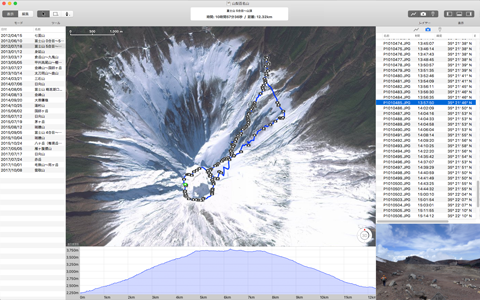
*Latitude and longitude information must be in decimal degrees. ArcGIS Online supports the following coordinate reference systems: If your file has coordinate fields, Map Viewer Classic uses these fields to locate the features on the map. Coordinates must be in two separate fields. Addresses can be stored in one or more fields. The first row in the file must contain the location field names. Location fields can contain coordinate, address, or place information. To add a CSV or TXT file from a local drive or a CSV file on the web to your map as a feature layer or to publish a local CSV file as a hosted feature layer, the file must include location fields. The following sections contain information about supported formats for location data in CSV and TXT files, supported formats and considerations when using date and time data in CSV files, supported date fields in TXT files, and what you need to consider when adding CSV and TXT files to Map Viewer Classic. Other separators are not supported.Īs no data types are enforced in the file, ArcGIS Online relies on the field names and specific formatting in the fields to interpret the data type that should be applied. In TXT files, fields can be separated with a comma, semicolon, or tab. In CSV files, fields are always separated by commas. The first row in the file defines the names for all subsequent fields.
#Gpx editor edit point download#


Land also lets you work with route (RTE) format files. It’s as simple as “Menu > Tools > Join tracks”more ( info)

Trace: You can re-open the vector editor, like when you created the track, and use its tools to add, delete or move points.Right-click on it and ‘Save’.Īn existing track can be edited to suit your needs. When you’re done, close the editor by clicking on the X on the bar or pressing the Esc key on the keyboard.Ĥ. Tip: If you have a routable vector map, you can use the FastTrack tool to add points automatically ( +info)ģ. If you make a mistake you can delete the last point with the “Delete point” button, the “Undo” button or by pressing ctrl+Z on the keyboard. That will create the first point on the track and open the editing bar. Locate the point where you want to start, right click and select ‘Start new track here’. In general, we recommend working with track files because of the accuracy of their trace ( more info)ġ. Note: Routes can be files in track format (e.g. Land has a powerful editor that lets you create and customise your routes however you prefer.


 0 kommentar(er)
0 kommentar(er)
